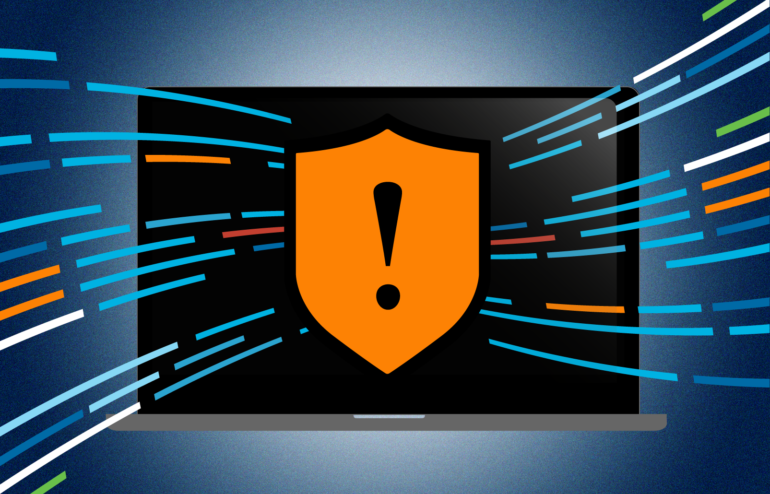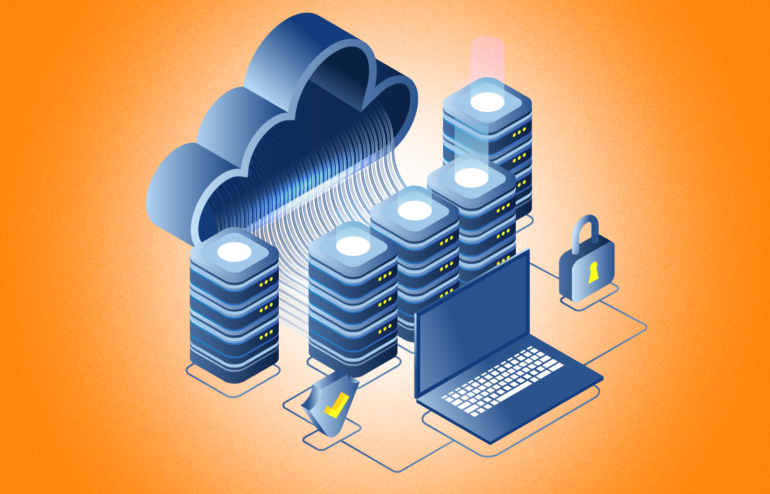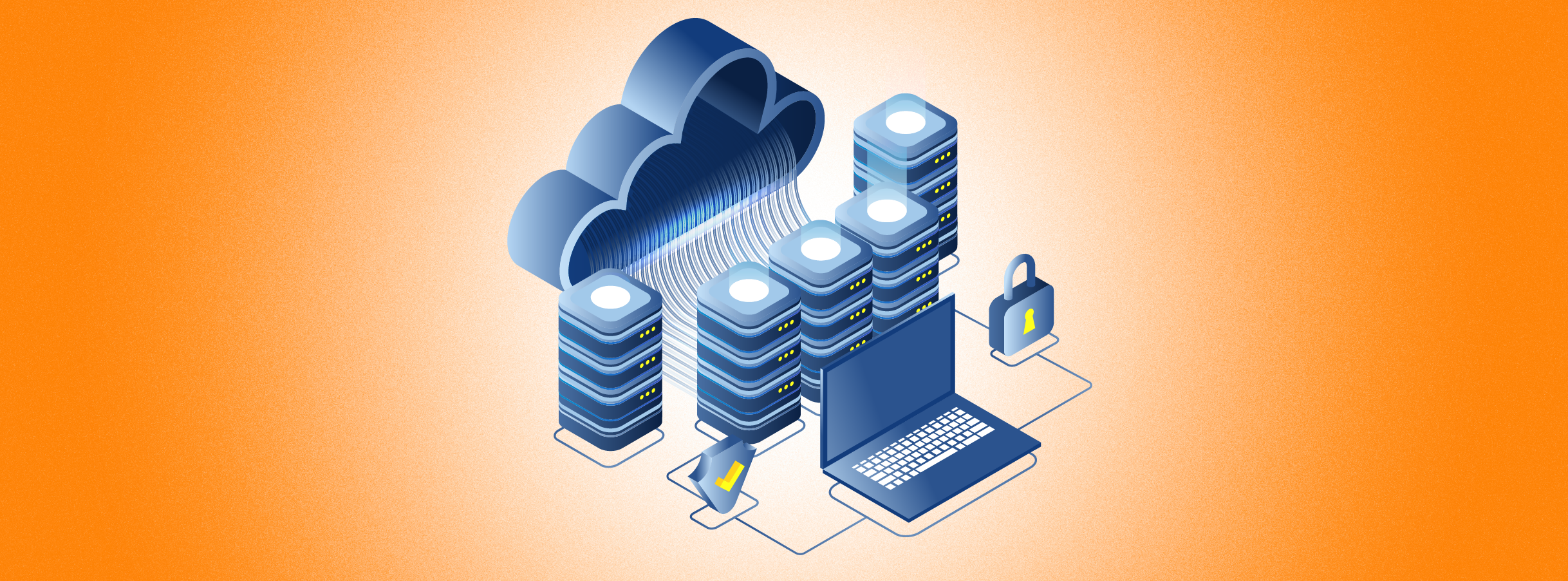
In today’s rapidly evolving digital landscape, cybersecurity remains a critical concern for financial institutions. With increasing reliance on technology and expanding risk of exposure through Third-party service providers and electronic banking services, the threat of ransomware attacks continues to pose significant risks to the security, confidentiality, and integrity of financial data. The Ransomware Self-Assessment Tool Version 2.0 (RSAT 2.0) emerges as an important resource for institutions seeking to strengthen their defenses against such cyber threats.
The updated version of RSAT is designed to reflect the latest developments and regulatory insights, incorporating feedback from previous ransomware victims to enhance industry-wide resilience. Key enhancements in RSAT 2.0 include a rigorous examination of cloud-based service provider relationships, an emphasis on multifactor authentication implementations, strategic employee cyber awareness training, and robust incident response testing.
Highlights of Key Enhancements:
These updates underscore the importance of a comprehensive approach in safeguarding against the dangers of cyberattacks and reflect regulatory expectations.
- Cloud-based data management – The tool demands a broader understanding of cloud providers and data flows, especially concerning data housed in locations outside the U.S., as well as compliance with international privacy regulations like GDPR.
- Multifactor authentication – Another notable emphasis is the expanded focus on multifactor authentication (MFA). RSAT 2.0 seeks specific details regarding the types of MFA in place, its application across systems, and plans for future enhancements. This reflects the increasing recognition of MFA as a critical defense layer against unauthorized access.
- Employee cyber awareness training – A third area receiving heightened attention is cybersecurity awareness training. With human error being a significant factor in security breaches, RSAT 2.0 stresses the need for comprehensive and role-based cybersecurity training. Financial institutions are encouraged to tailor training to different audiences within the organization, ensuring relevance and effectiveness.
- Incident response testing – The new version of the tool queries institutions on their incident response testing, particularly the involvement of executive management. This inclusion highlights the importance of leadership engagement in cybersecurity readiness and incident management. Additionally, procedures for validating clean data backups are underscored, emphasizing the role of data integrity and availability in recovery efforts.
Financial institutions are provided with a valuable opportunity to self-assess their readiness to deal with the threat of ransomware in the form of RSAT 2.0.
The enhanced RSAT 2.0 is not merely a checklist but a comprehensive framework that encourages financial institutions to delve deeper into their cybersecurity posture. This self-assessment can help institutions identify areas for improvement and make informed decisions about their cybersecurity management strategies.
For more information on the RSAT 2.0 and other critical factors of cybersecurity management, such as NIST CSF 2.0, Third-party Relationship Management, and more, download and watch our recent webinar, Protect, Detect, and Respond: Prioritizing Cybersecurity Management in 2024.



